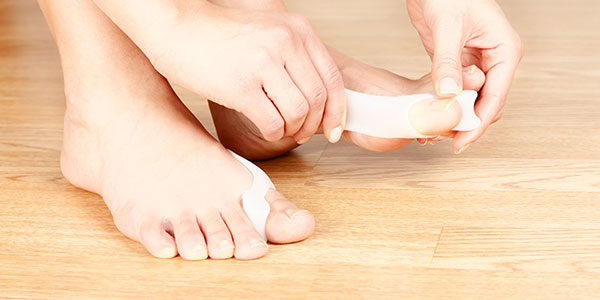If you’re young and active, you probably don’t think much about bunions, the sometimes painful bumps that develop in the joint at the base of your big toe. But according to a recent study, one-third of people over the age of 65 have one. While they’re fairly common later in life, you can take a few precautions now to avoid them.










